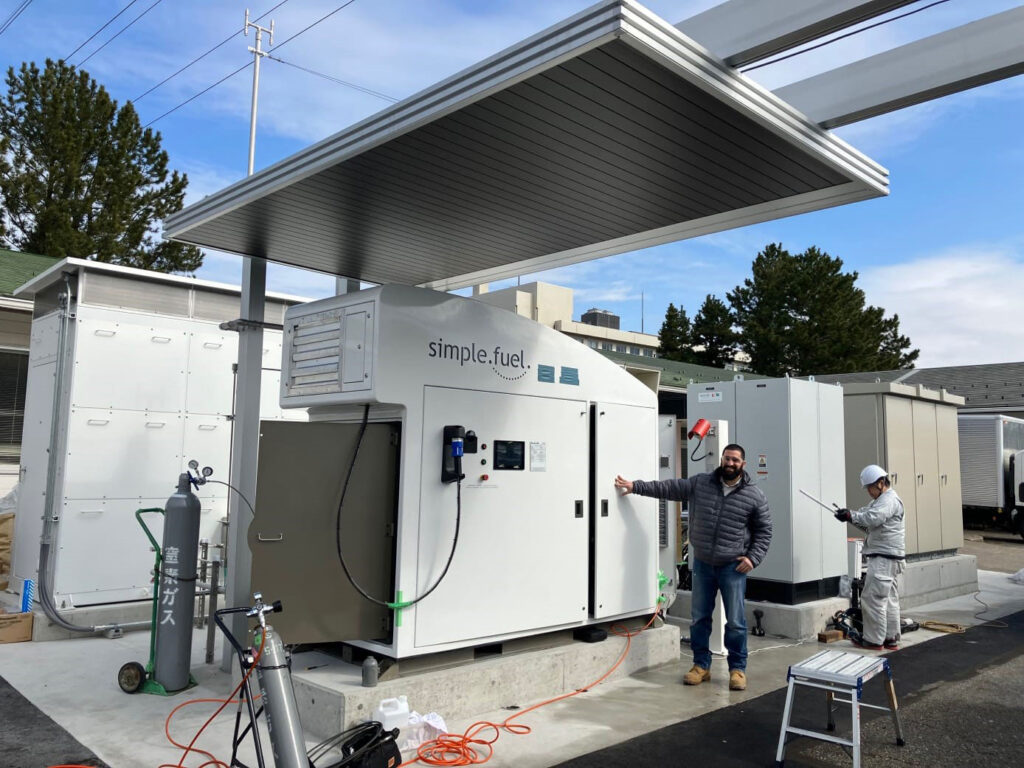As the demand for alternative fuel sources continues to rise, hydrogen fueling stations have become essential for supporting the infrastructure of fuel cell vehicles. In this context, the integration of helium gas compressors presents a promising opportunity to enhance the efficiency, performance, and reliability of hydrogen fueling stations.
Helium Gas Compressor Integration
- Enhanced Cooling Efficiency:
The integration of helium gas compressor provides a significant improvement in cooling efficiency due to the high thermal conductivity of helium. This is particularly beneficial for managing the heat generated during hydrogen compression and fueling processes, thereby contributing to more efficient and reliable operations of the fueling station.
- Improved Performance:
By integrating helium gas compressors, the overall performance of the hydrogen fueling station can be significantly improved. This enhancement translates into faster fueling times, reduced downtime, and an overall improved user experience for fuel cell vehicle owners.
- Maintenance and Reliability:
Helium compressors are recognized for their durability and low maintenance requirements. This attribute contributes significantly to the reliability and longevity of the hydrogen fueling infrastructure, resulting in reduced operational disruptions and maintenance costs over time.
Considerations for Integration
- Cost Considerations:
Conducting a comprehensive cost-benefit analysis is imperative to evaluate the economic feasibility of integrating helium gas compressors into hydrogen fueling stations. This analysis should encompass the initial setup costs, operational expenses, and potential long-term cost savings and benefits.
- Safety and Compliance:
Adhering to stringent safety standards and regulatory requirements is crucial to ensure the safe operation of the hydrogen fueling station when handling helium gas. This includes thorough risk assessments, proper training for personnel, and the implementation of safety protocols and equipment.
- Infrastructure Design Optimization:
In the process of integrating a helium gas compressor, optimizing the design and layout of the hydrogen fueling station is essential. This optimization should include considerations for space allocation, ventilation requirements, and potential modifications to the existing infrastructure to accommodate the new equipment effectively.
Bottom Line
The integration of helium gas compressors in hydrogen fueling stations offers compelling advantages in terms of enhanced cooling efficiency, improved performance, and long-term reliability. However, careful considerations regarding costs, safety, infrastructure design, environmental impact, and supply chain reliability are essential to realize the full potential of this integration and to ensure its successful and sustainable operation.
Recommendations
- Consultation: Engage in consultations with industry experts, equipment manufacturers, and regulatory authorities to gain comprehensive insights and guidance on integrating helium gas compressors effectively.
- Sustainability: Implement sustainable practices and helium recycling initiatives to minimize environmental impact and maximize the efficient use of helium gas resources.
- Continuous Monitoring and Optimization: Continuously monitor the integration of helium gas compressors, and optimize operational processes to ensure efficiency, safety, and overall success in the long term.






